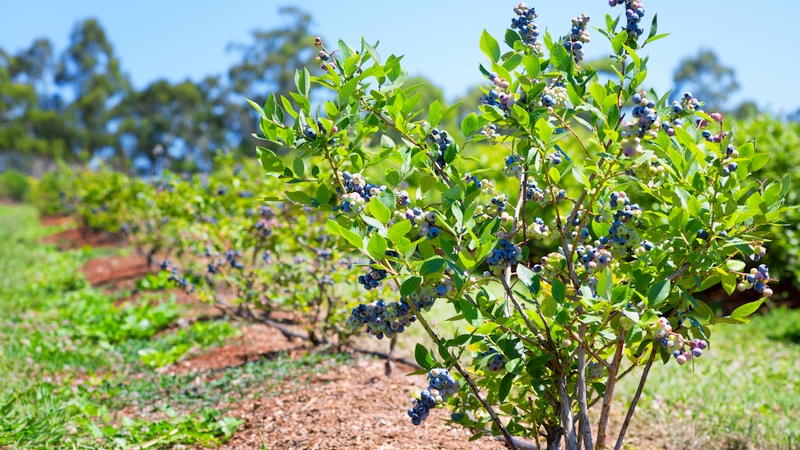Growers Get The Lowdown On Cooling Crops
During the 2014 Florida Ag Expo, a special demonstration provided information on cooling techniques smaller farms can utilize.
“The goal of the Expo demonstration was to help small growers begin to adopt cooling or improve on the cooling they might have, like placing the harvested crop in a refrigerated room without the added benefit of rapid cooling,” says Steve Sargent, a postharvest specialist with UF/IFAS. “We also showed, while forced-air cooling is very effective, hydrocooling is much faster for crops that can tolerate contact with water.”
Cooling Concepts
During the demonstration, a UF/IFAS definition of cooling was explained. An appropriate definition of commercial cooling of perishable crops is: The rapid removal of at least of 7/8 of the field heat from the crop by a compatible cooling method. The time to remove this heat is known as the “7/8 Cooling Time.”

UF/IFAS’ Steve Sargent addresses Florida Ag Expo attendees on the basics of cooling crops.
Photo courtesy of UF/IFAS
The efficiency of cooling is dependent on time, temperature, and contact. To achieve maximum cooling, the product must remain in the precooler for a sufficient amount of time to remove heat. The cooling medium (air, water, and ice) must be maintained at a constant temperature. Finally, the medium also must have continuous, intimate contact with the surfaces of the individual vegetables or fruit. For efficiency, the cooling medium temperature should be set at least at the recommended storage temperature of a particular commodity.
Air Or Water?
The Expo demonstration illustrated how well forced air or hydrocooling can chill crops to an appropriate temperature. In a refrigerated room, cooling efficiency is greatly enhanced by a high airflow rate. In a room with specially stacked containers or bins and a high-capacity fan, cooling can be four times faster than standard room chilling. Growers were advised that the forced-air method can dry out the produce as well because of the evaporative nature of the technique.
An even faster way to remove heat is achieved with hydrocooling. It also is beneficial in that it doesn’t remove moisture of the crop. Crops chilled in this manner must be sufficiently resistant to withstand the force of the water drench to avoid quality loss.
Thanks to DuPont Crop Protection for sponsoring special coverage of the Florida Ag Expo.









